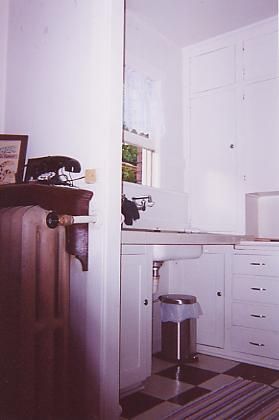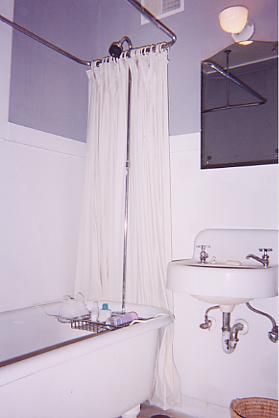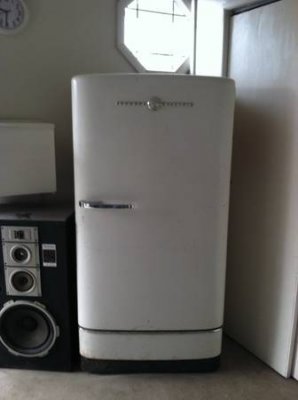Babydoll
Call Me a Cab
- Messages
- 2,484
- Location
- The Emerald City
The apartment building (I was told - not sure how correct) was built to be servant quarters for all of the huge family homes in the neighborhood. There were 20 apartments total in the building - 6 one bedroom, 14 studio. Original radiator (building built around the furnace), original doors, Murphy bed closet (minus the bed, so made it my closet/computer area), clawfoot tub (miss that thing!).
I lived there for years before I met my husband, and we lived there for 2 years after we got married. That was the best way to learn tolerance and communication - super cramped living space.
Found an old photo of the kitchen and bathroom. Not very good, but it is what I have. We've not lived there for 7 years, and I still miss it.

Can see the radiator (phone shelf), and half of the kitchen. It was the tiniest thing, but it worked well for me.

And the amazing original clawfoot tub. Oh, I really, really miss that!
I lived there for years before I met my husband, and we lived there for 2 years after we got married. That was the best way to learn tolerance and communication - super cramped living space.
Found an old photo of the kitchen and bathroom. Not very good, but it is what I have. We've not lived there for 7 years, and I still miss it.

Can see the radiator (phone shelf), and half of the kitchen. It was the tiniest thing, but it worked well for me.

And the amazing original clawfoot tub. Oh, I really, really miss that!





